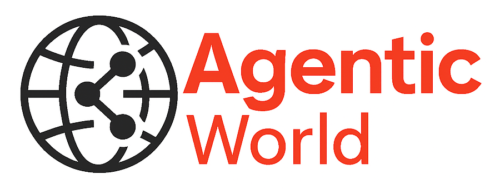Meta’s Llama series has recently introduced significant advancements in AI language models, capturing the attention of technology enthusiasts worldwide. The latest release, Llama 4, brings forth models that are not only more powerful but also more versatile and accessible.
Unveiling Llama 4: A New Era in AI
In April 2025, Meta unveiled Llama 4, comprising two primary models: Llama 4 Scout and Llama 4 Maverick. These models represent a leap forward in AI capabilities, designed to handle a diverse range of tasks with improved efficiency.
Llama 4 Scout: Efficiency Meets Performance
Llama 4 Scout is engineered for efficiency, capable of running on a single Nvidia H100 GPU. Despite its compact design, it boasts a 10-million-token context window and outperforms several competitors, including Google’s Gemma 3 and Mistral 3.1, across various benchmarks. This model is ideal for applications requiring high performance without extensive computational resources.
Llama 4 Maverick: Pushing the Boundaries

On the other hand, Llama 4 Maverick is a larger model that rivals OpenAI’s GPT-4o and DeepSeek-V3 in coding and reasoning tasks. It achieves this high level of performance while utilizing fewer active parameters, showcasing Meta’s commitment to optimizing AI efficiency. This model is particularly suited for complex applications demanding advanced reasoning capabilities. Llama 4 Maverick surpasses similar models in its class, offering developers top performance at unbeatable value.
Excited to try Llama 4?
Are you an AI Engineer who’d like to explore Developer Options?
Interested in learning more, read further!
Multimodal Capabilities and Open-Source Commitment
Both models are multimodal, capable of processing and translating various data formats, including text, video, images, and audio. Meta has released these models as open-source software, aligning with their dedication to fostering innovation and collaboration within the tech community.
Addressing Contentious Questions with Reduced Bias
A notable improvement in Llama 4 is its enhanced ability to handle politically and socially contentious questions. Unlike its predecessor, Llama 3.3, which declined 7% of such prompts, Llama 4 reduces this refusal rate to less than 2%. Additionally, it demonstrates significantly reduced political bias, comparable to competitive models like xAi’s Grok. These advancements reflect Meta’s ongoing efforts to create balanced AI systems capable of articulating multiple perspectives on sensitive issues.
Integration Across Meta Platforms
Meta has integrated the Llama 4 models into its AI assistant, making them accessible across platforms such as WhatsApp, Messenger, Instagram Direct, and the Meta AI website. This integration aims to enhance user experiences by providing advanced AI capabilities within familiar applications.
Future Prospects: Llama 4 Behemoth and Beyond
Looking ahead, Meta is developing Llama 4 Behemoth, a model with 288 billion active parameters and a total of 2 trillion. Early indications suggest that it surpasses models like GPT-4.5 and Claude Sonnet 3.7 on STEM benchmarks. This forthcoming model underscores Meta’s commitment to pushing the boundaries of AI performance and capability.
Conclusion
The release of Llama 4 marks a significant milestone in the evolution of AI language models. With enhanced efficiency, reduced bias, multimodal capabilities, and seamless integration across popular platforms, Llama 4 sets a new standard for open-source AI development. As Meta continues to innovate, the tech community eagerly anticipates the impact these advancements will have on various industries and applications.


